News
Challenge Accepted – Rolex’s Deepest Dive Yet
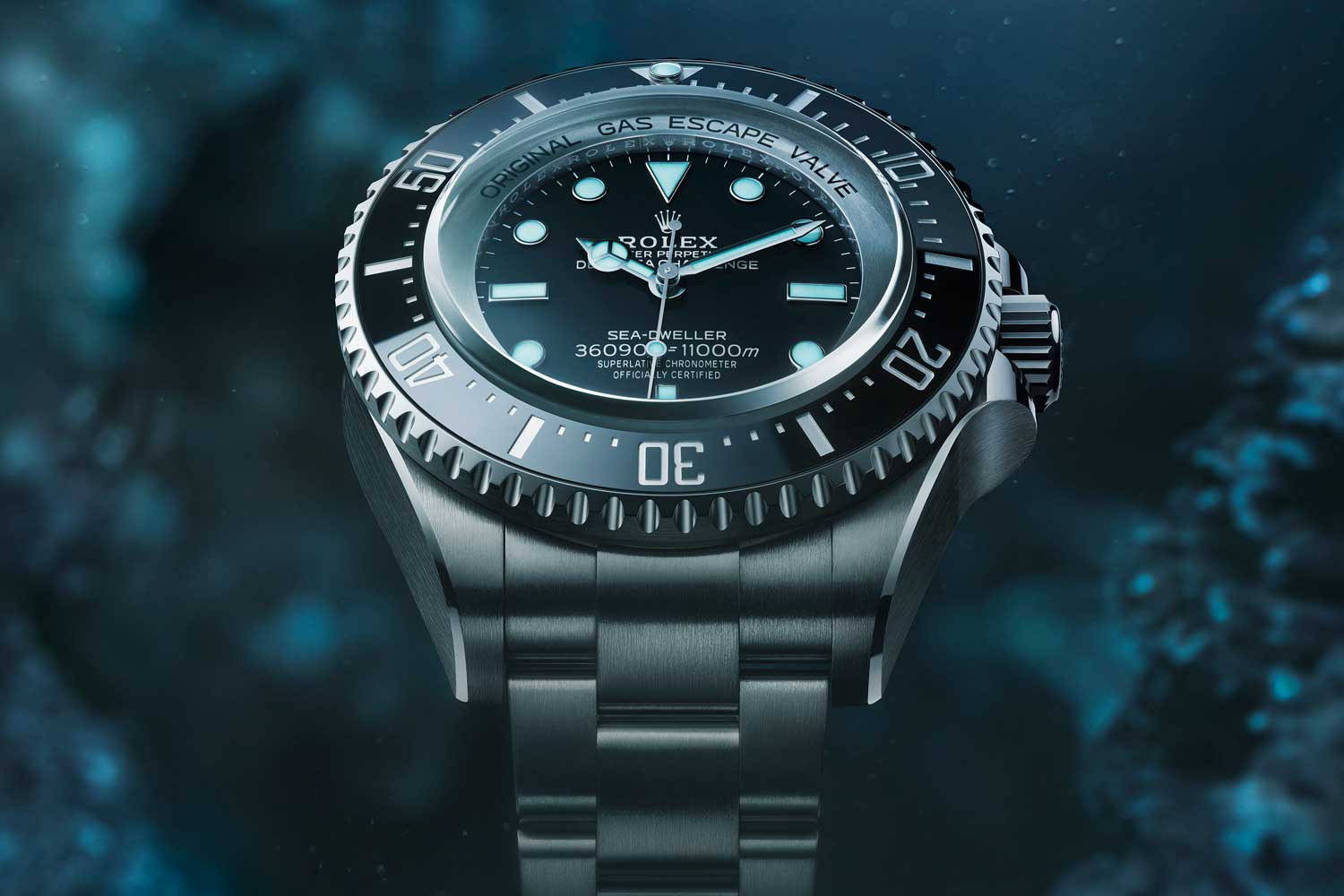
The Rolex Deepsea Challenge ref. 126067, a massive timepiece with a 50 mm case and a water resistance of 11,000 meters
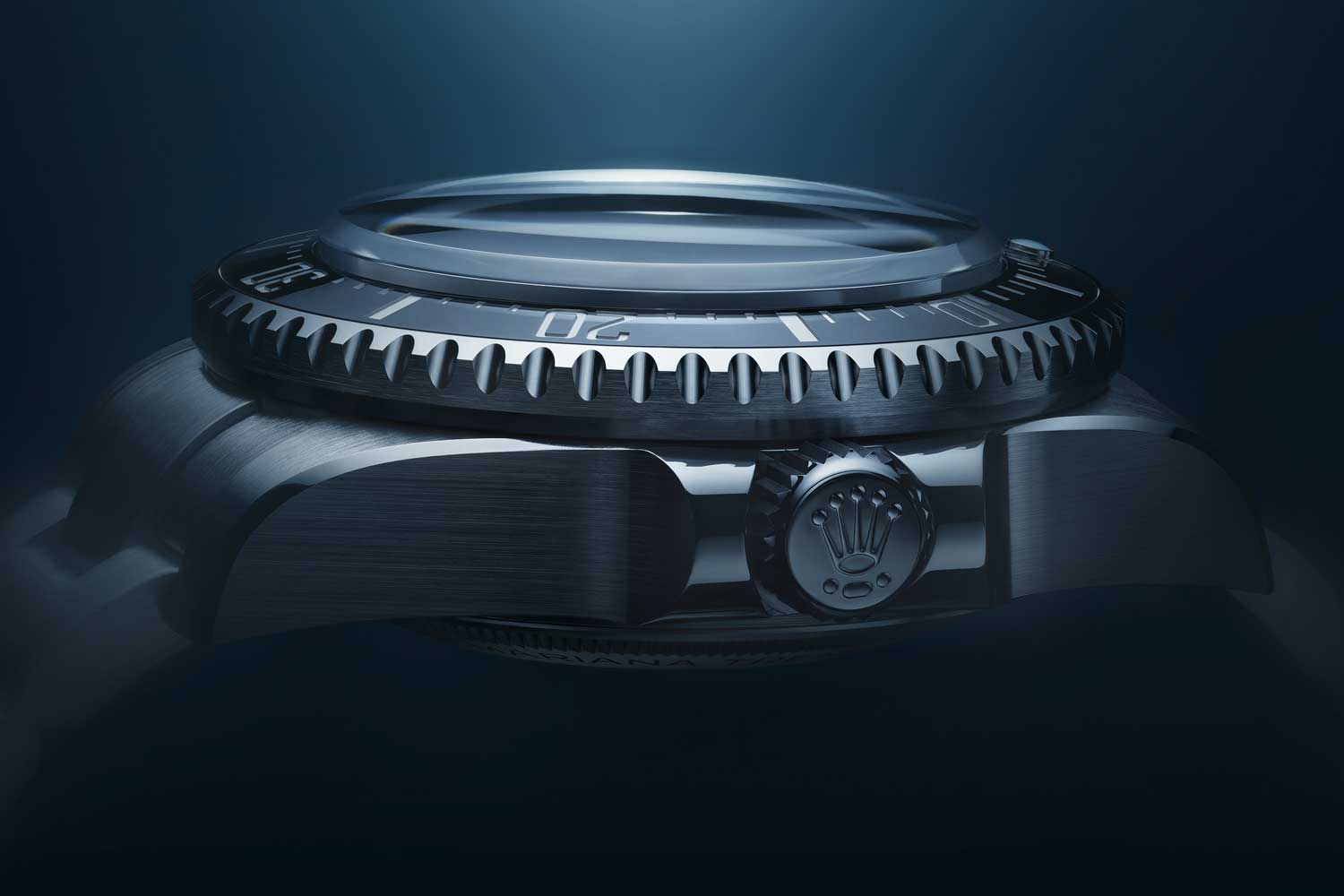
Close up of the chamfered crystal of the Oyster Perpetual Deepsea Challenge
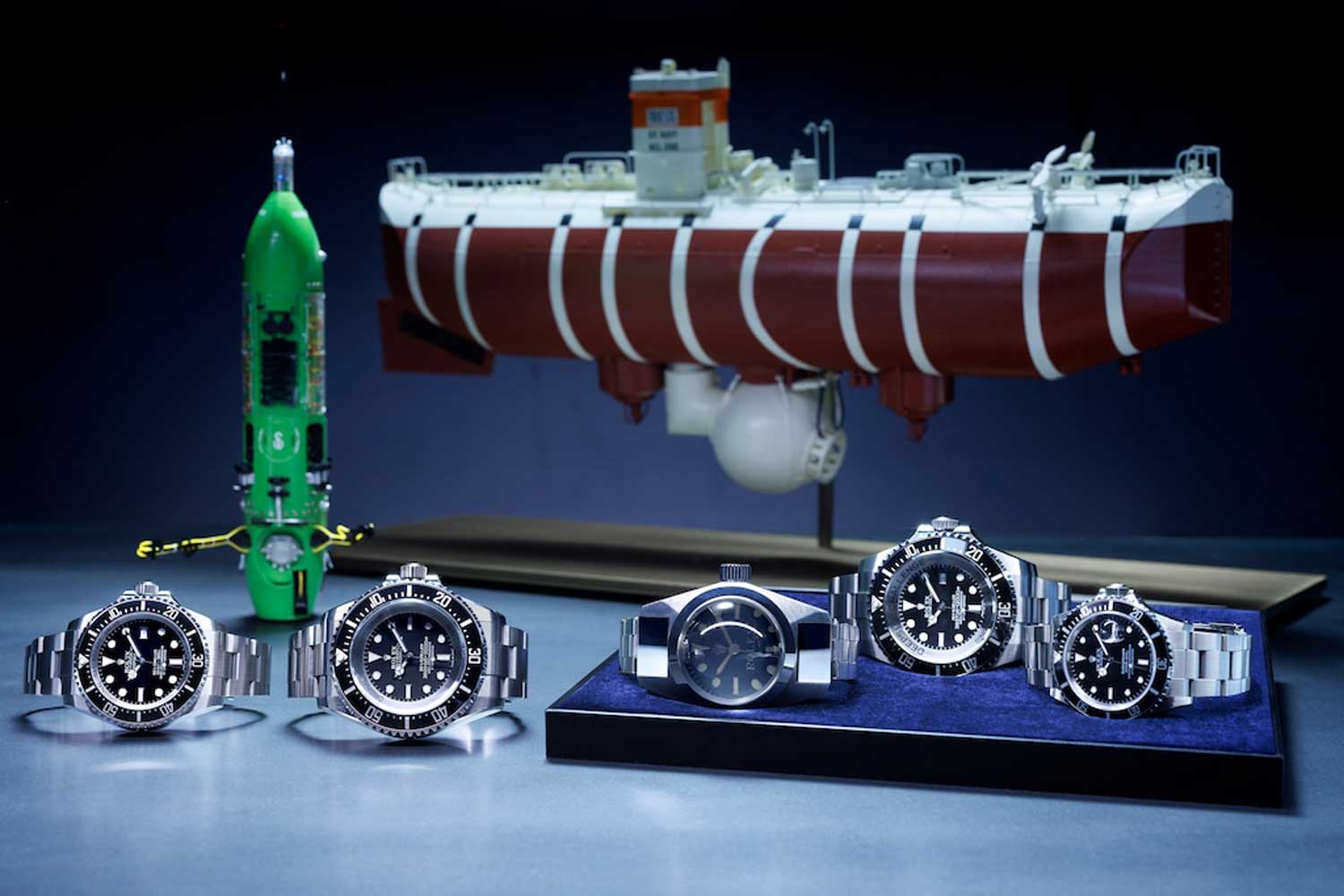
Foreground, left to right: Oyster Perpetual Rolex Deepsea (2008), Oyster Perpetual Deepsea Challenge (2022), Deep Sea Special (1960), Rolex Deepsea Challenge (2012) and Oyster Perpetual Submariner (1986). Background, left to right: models of the DEEPSEA CHALLENGER submersible and the bathyscaphe Trieste.
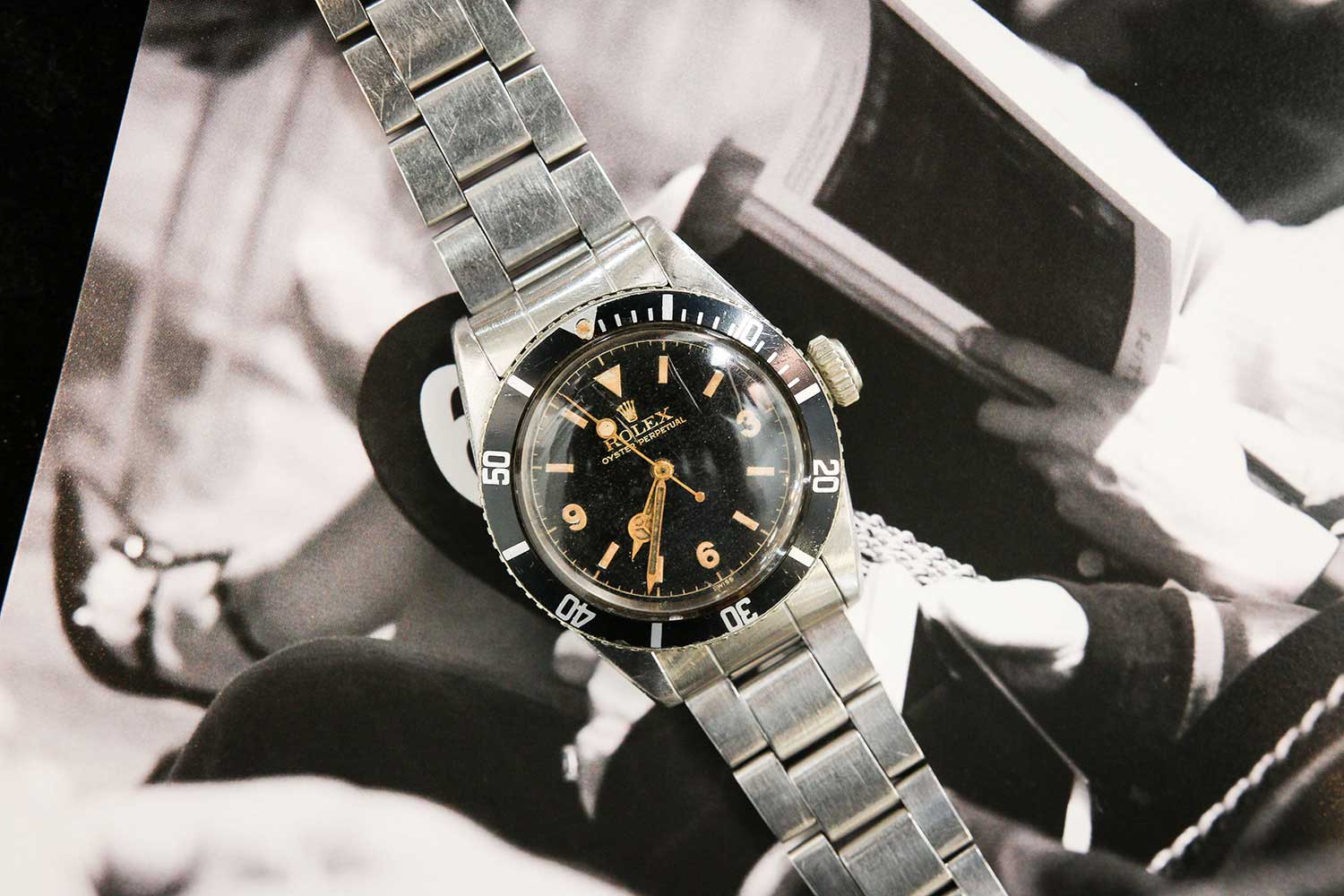
An example of an early Submariner 6200, released in 1954 (Photo: Kevin Cureau)
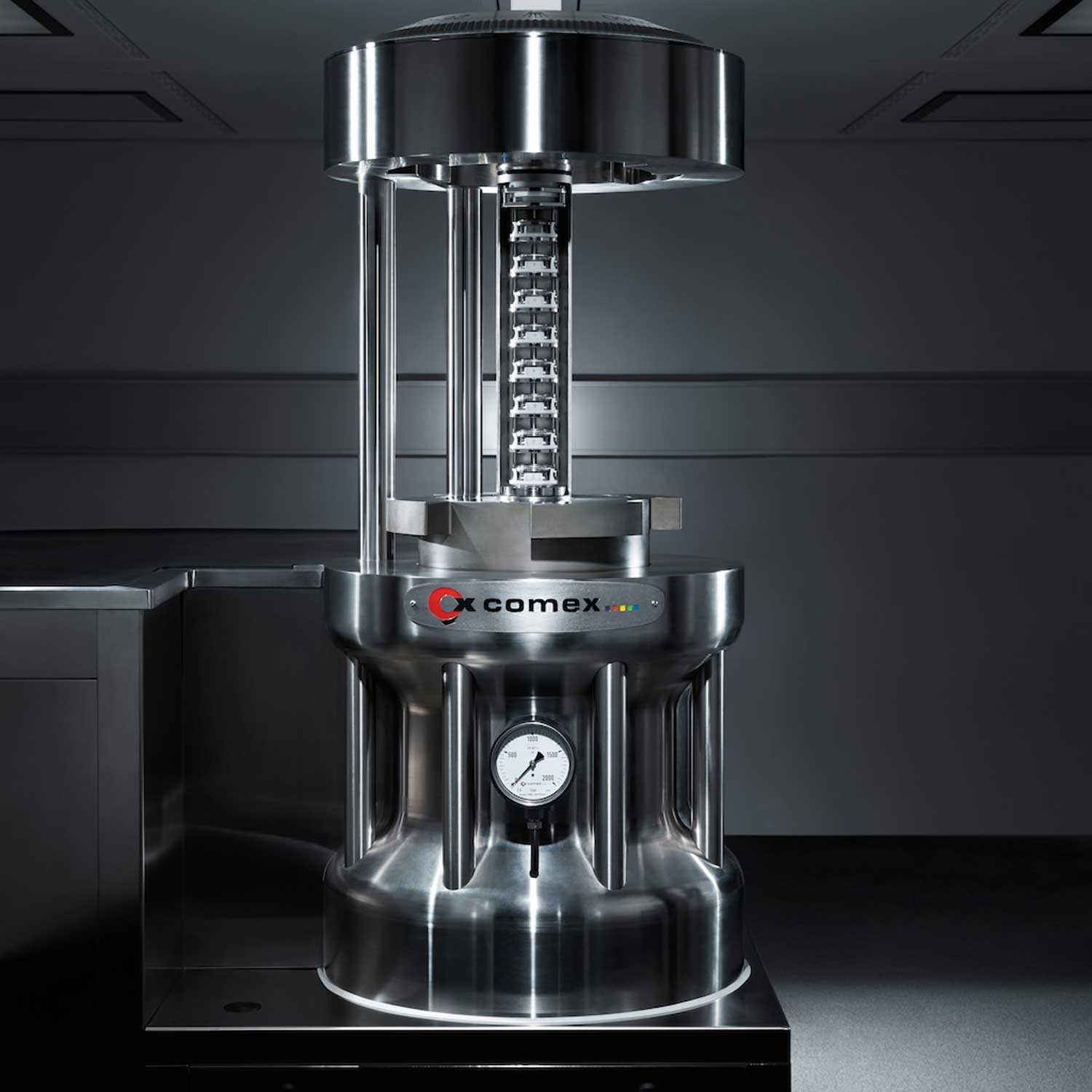
The ultra-high-pressure tank developed in partnership with Comex to test the waterproofness of the Oyster Perpetual Deepsea Challenge
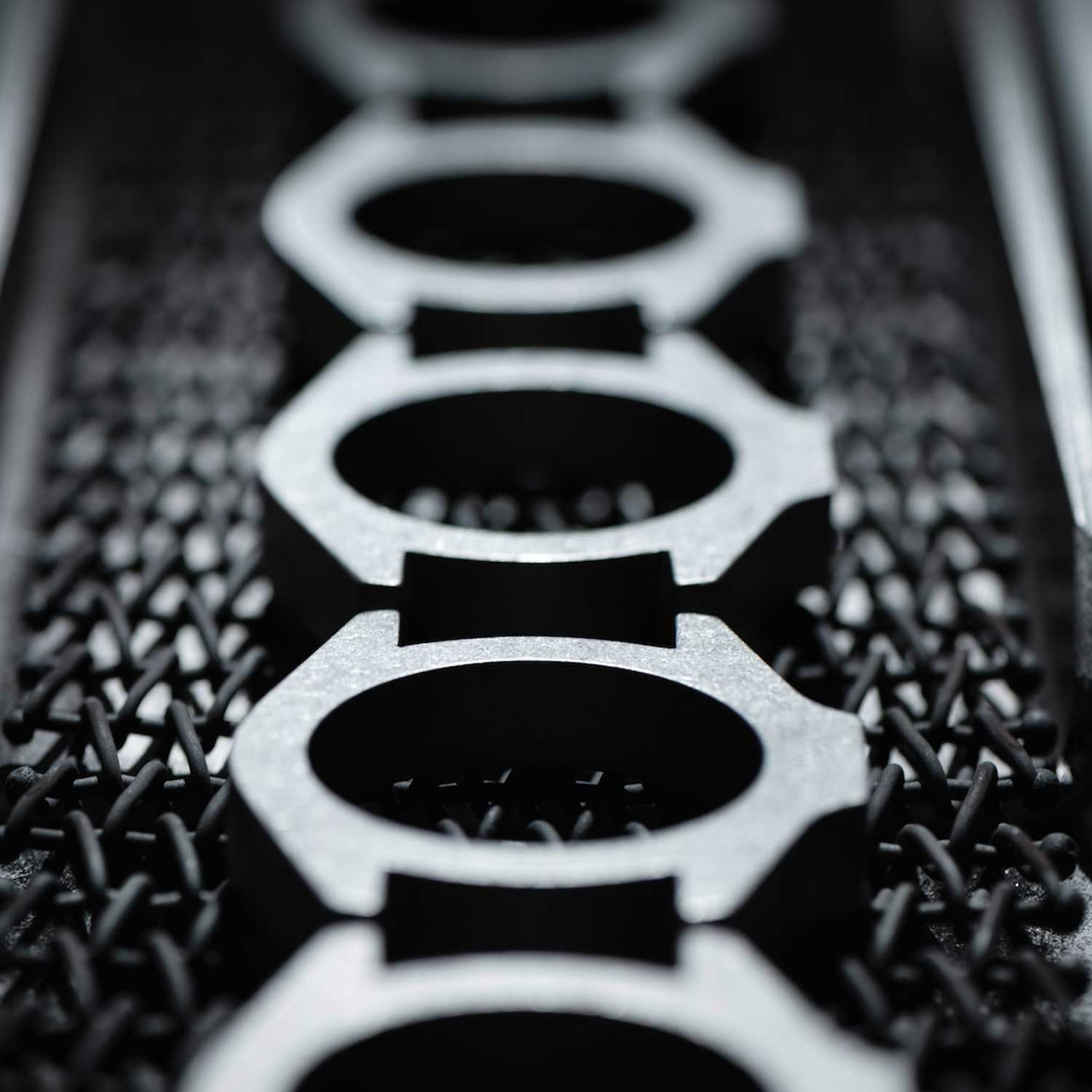
Manufacturing of the Oyster Perpetual Deepsea Challenge's middle case crafted from RLX titanium
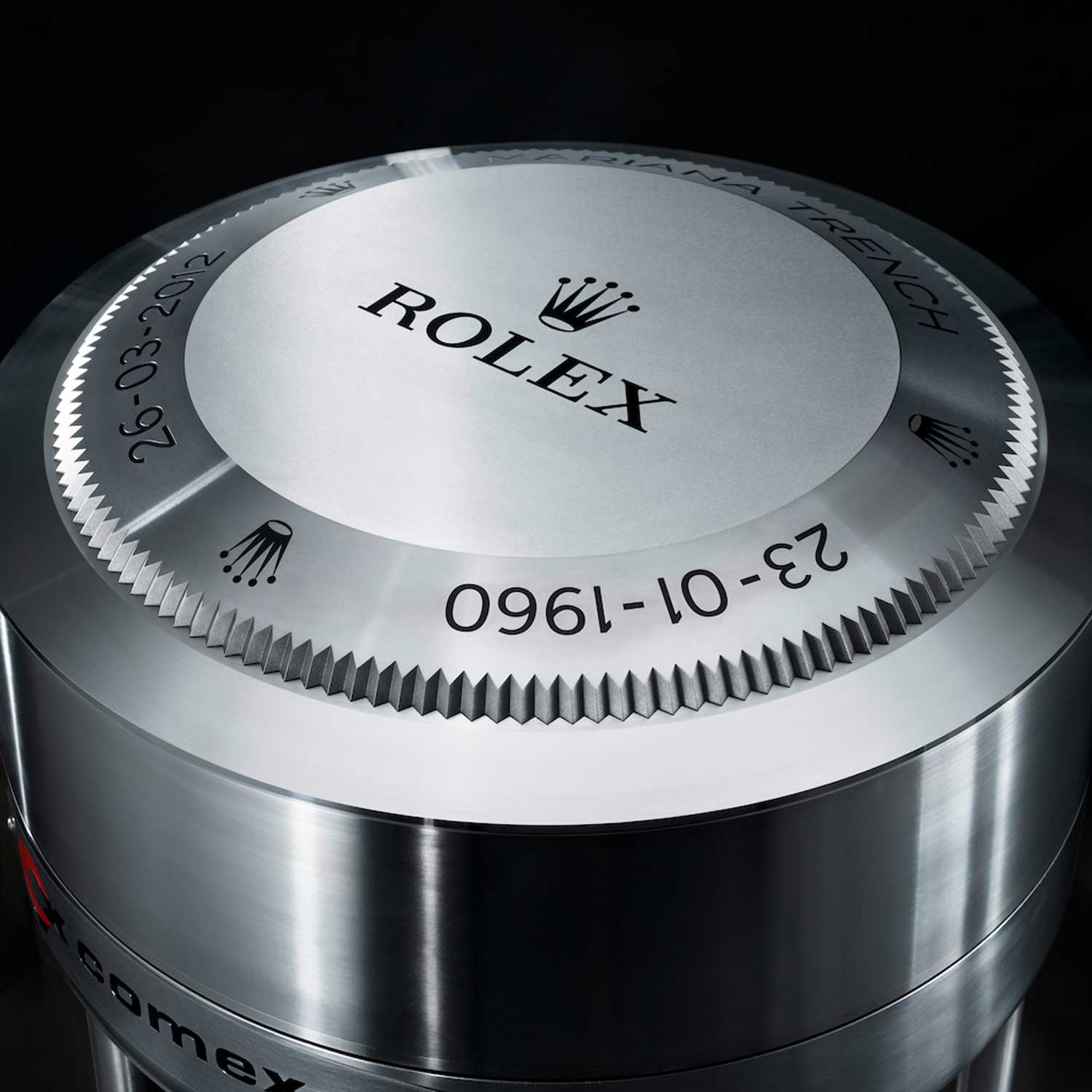
Decorative plate atop the waterproofness testing tank for the Oyster Perpetual Deepsea Challenge. It features the same engravings as the case back of the watch
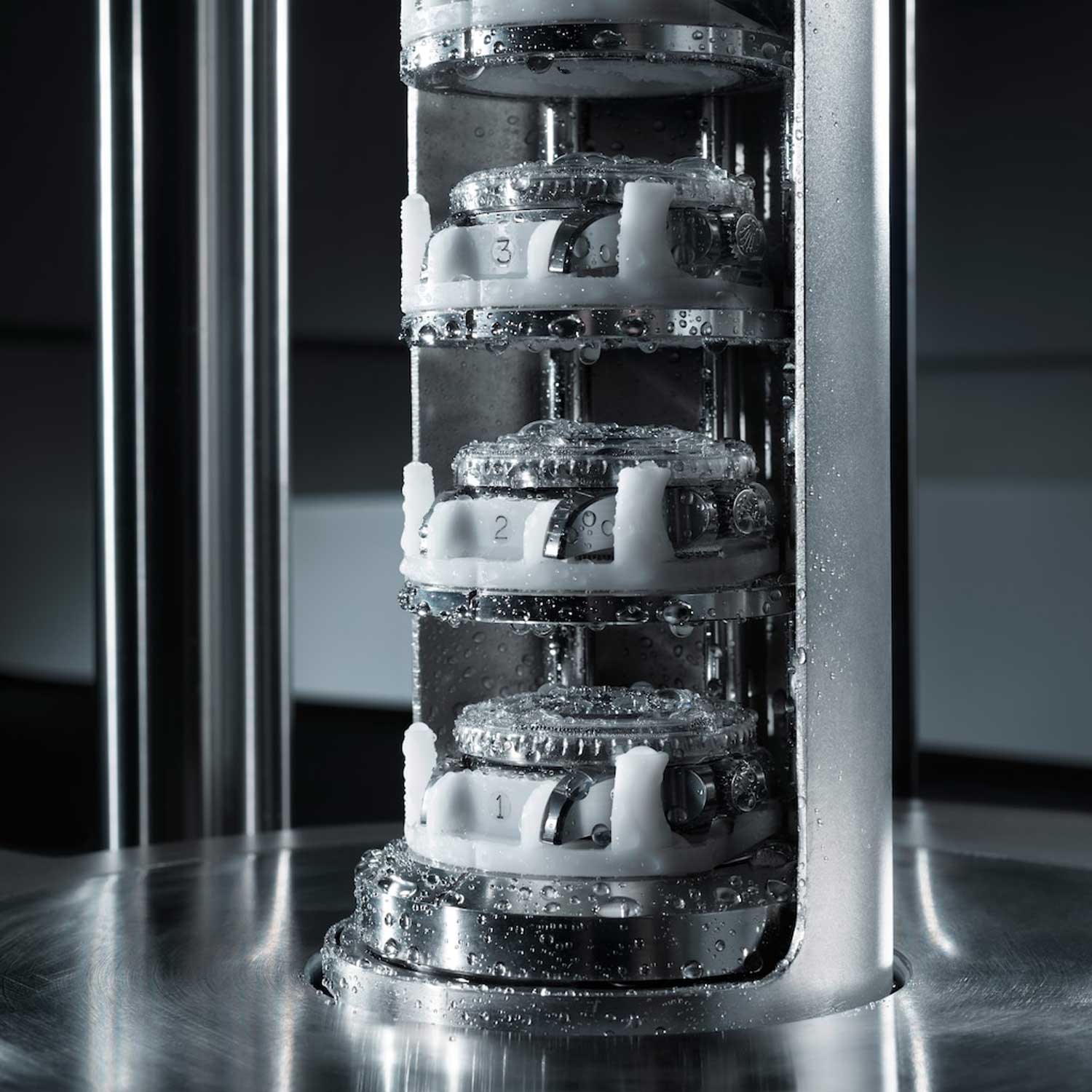
Oyster Perpetual Deepsea Challenge watches during waterproofness testing, carried out in a specially designed hyperbaric tank
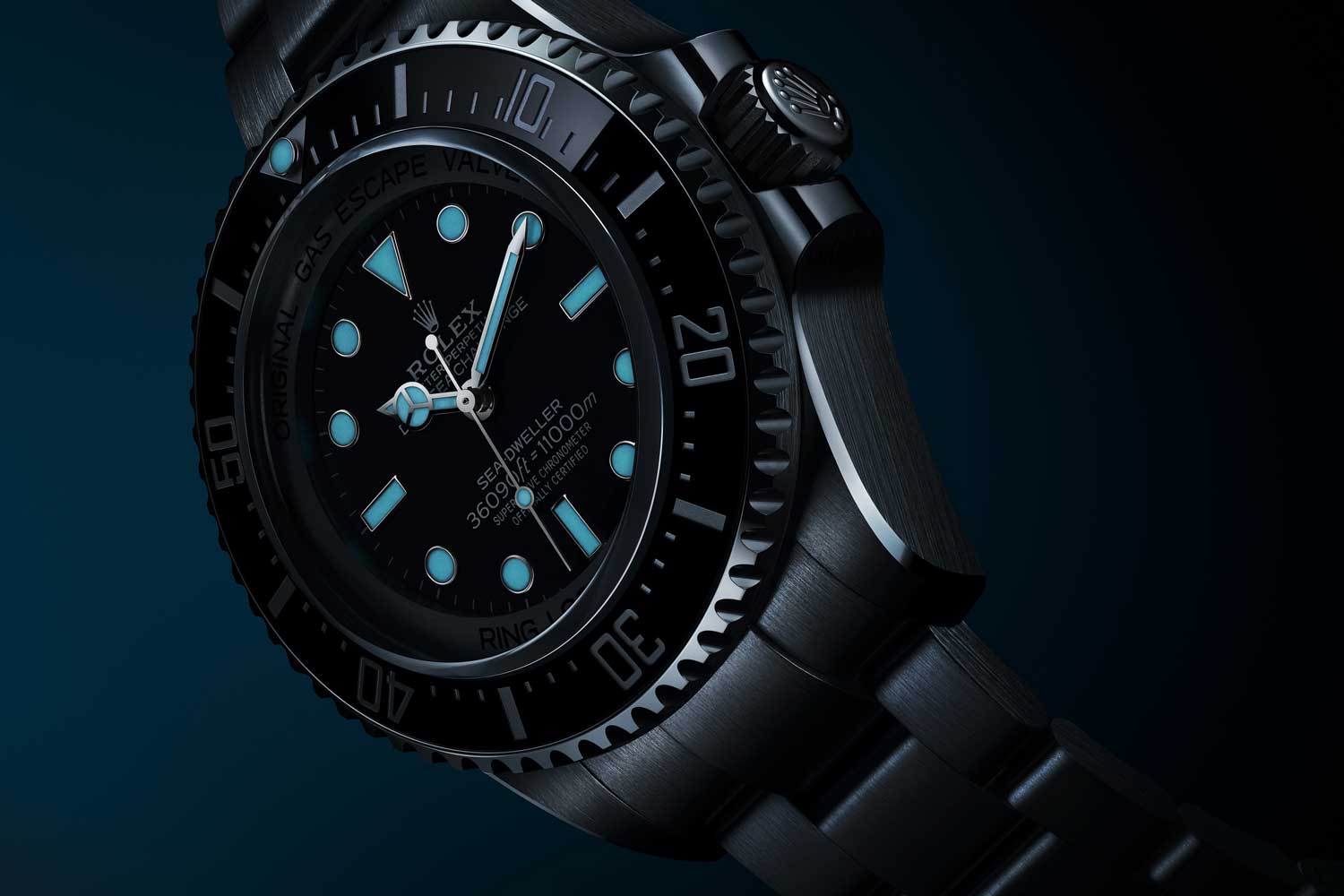
The Chromalight display of the Oyster Perpetual Deepsea Challenge, visible once the watch is plunged into darkness
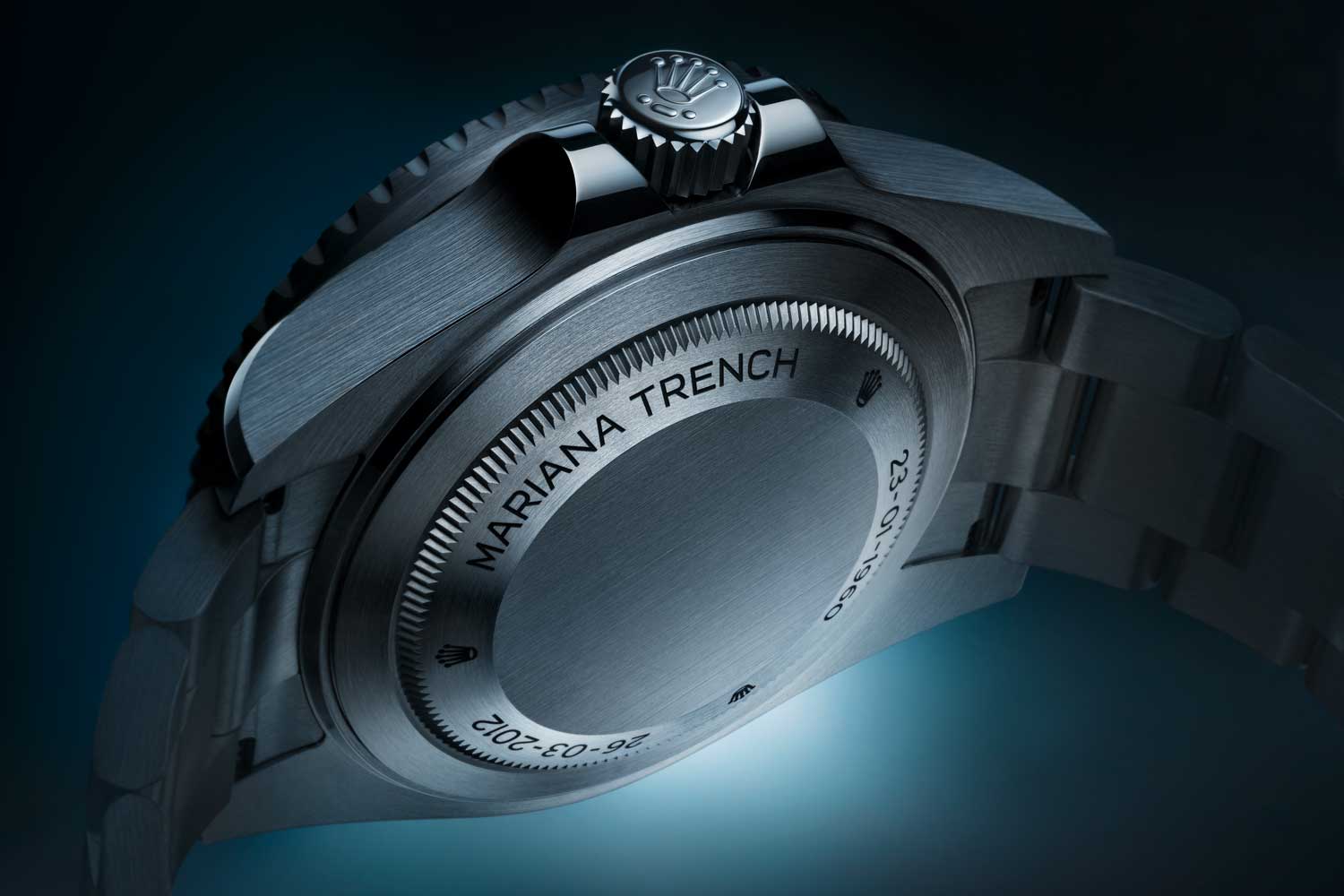
The engraved case back of the Oyster Perpetual Deepsea Challenge
The watch features a matte black dial, which a cool touch for fans of vintage Rolex dive watches, and it is the very first non-date Seadweller. Another retro touch is the profile of the lugs, which have a polished chamfer against the brushed lug tops. Rolex hasn’t confirmed if the watch is going to be limited, but again, this is a moot point as demand always exceeds supply with the Crown.
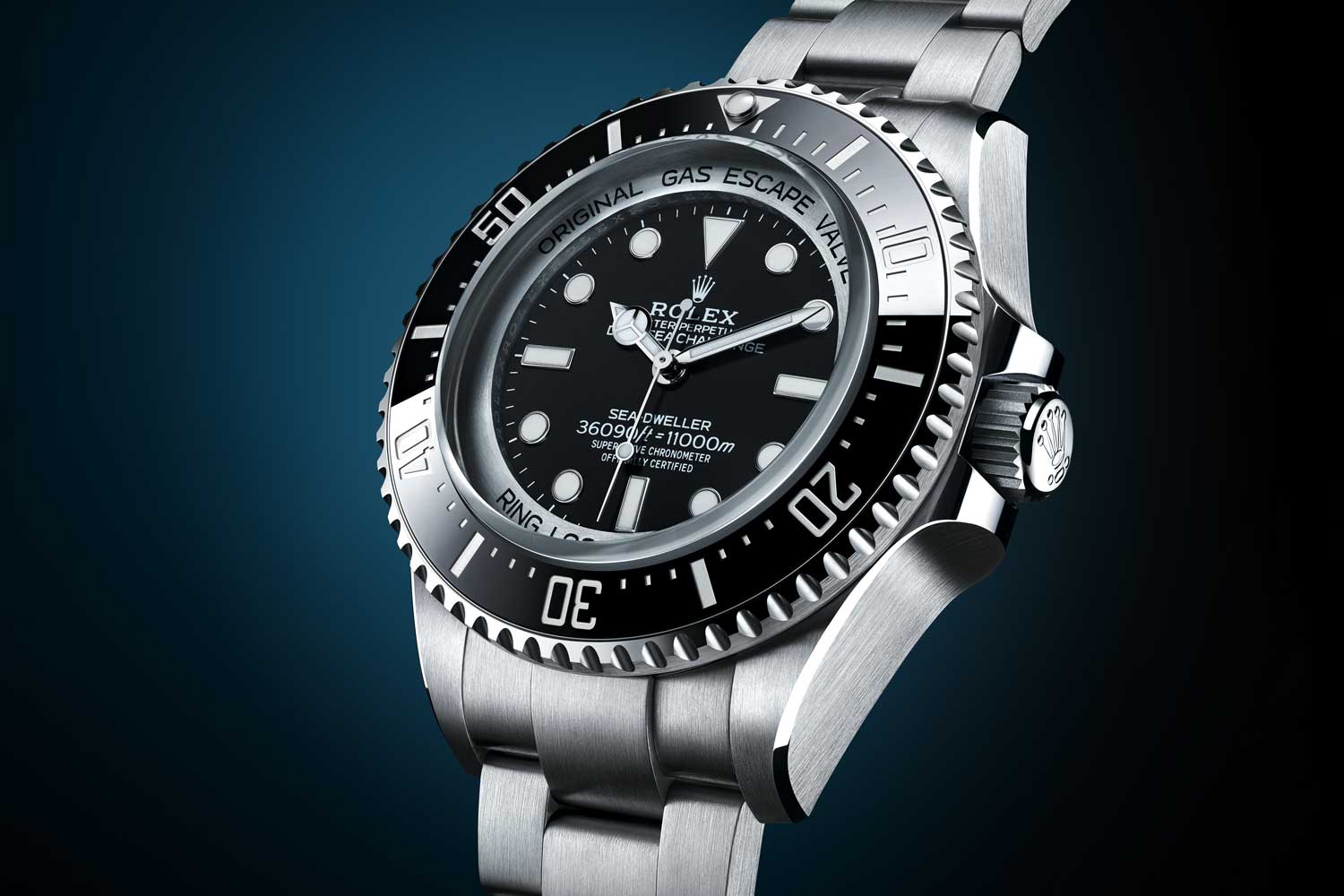
The Oyster Perpetual Deepsea Challenge, made of RLX titanium
Tech Specs
Rolex Deepsea Challenge, Ref: 126067
Movement: Rolex manufacture calibre 3230
Functions: Hours, minutes and seconds.
Case: 50mm RLX titanium
Dial: Matte black with white gold applied hours and Chromalight lume
Strap: RLX titanium Oyster bracelet
Price and availability: £21,850 available now










